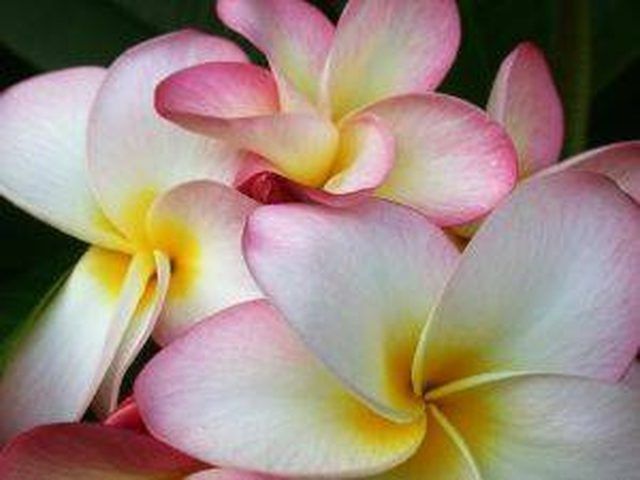Bulbs
Flower Basics
Flower Beds & Specialty Gardens
Flower Garden
Garden Furniture
Garden Gnomes
Garden Seeds
Garden Sheds
Garden Statues
Garden Tools & Supplies
Gardening Basics
Green & Organic
Groundcovers & Vines
Growing Annuals
Growing Basil
Growing Beans
Growing Berries
Growing Blueberries
Growing Cactus
Growing Corn
Growing Cotton
Growing Edibles
Growing Flowers
Growing Garlic
Growing Grapes
Growing Grass
Growing Herbs
Growing Jasmine
Growing Mint
Growing Mushrooms
Orchids
Growing Peanuts
Growing Perennials
Growing Plants
Growing Rosemary
Growing Roses
Growing Strawberries
Growing Sunflowers
Growing Thyme
Growing Tomatoes
Growing Tulips
Growing Vegetables
Herb Basics
Herb Garden
Indoor Growing
Landscaping Basics
Landscaping Patios
Landscaping Plants
Landscaping Shrubs
Landscaping Trees
Landscaping Walks & Pathways
Lawn Basics
Lawn Maintenance
Lawn Mowers
Lawn Ornaments
Lawn Planting
Lawn Tools
Outdoor Growing
Overall Landscape Planning
Pests, Weeds & Problems
Plant Basics
Rock Garden
Rose Garden
Shrubs
Soil
Specialty Gardens
Trees
Vegetable Garden
Yard Maintenance
How to Plant Plumeria Cuttings
How to Plant Plumeria Cuttings. Plumeria is an exotic-looking flowering tree native to tropical Americas. Grown as an ornamental plant it is often associated with tropical Hawaiian decor, although is does not grow wild in Hawaii. Plumeria is commonly used to provide tropical landscaping near temples and graveyards. Grown in containers, it can be...

Plumeria is an exotic-looking flowering tree native to tropical Americas. Grown as an ornamental plant it is often associated with tropical Hawaiian decor, although is does not grow wild in Hawaii. Plumeria is commonly used to provide tropical landscaping near temples and graveyards. Grown in containers, it can be wintered inside in northern climates where temperatures dip below freezing during the winter months. Propagation by stem cuttings guarantees new plants identical to the parent plant. Plumeria roots easily and with a little care may produce blooms in the first season.
Things You'll Need
Sharp knife or pruning shears
Rotting hormone
Potting mixture (sand, perlite, potting soil)
Pot or container
Select healthy branches at least 12 to 18 inches in length for root cuttings. Make a diagonal cut on a 45-degree angle with a sharp knife or pruning sheers. Leave 1 or 2 inches of gray wood intact for best results in rooting. Cuttings with two growing tips make bushier plants, but cuttings with only one tip will do fine.
Allow the cutting to dry for several days to heal the wound before attempting to root the cutting. Three days is adequate, but a week is even better.
Pour rooting hormone in a paper cup and dip the cut end of the branch into the hormone to a depth of 2 inches. Tap against the cup to shake off excess rooting hormone.
Plant to a depth of 2 inches in a pot of sand, perlite or a mixture of equal parts potting soil and perlite. Stake the cutting to provide support and the keep it upright.
Water to moisten the soil and place in a sunny location. Keep the soil moist but avoid over-watered or soggy soil.
Watch for signs of new growth in six to eight weeks. Transplant to a permanent location once new growth appears and the roots are established.
Tips & Warnings
Plumeria cuttings benefit from bottom heat when rooting. Placing them on stones in sunny locations speeds root formation.
Do not dip cuttings directly in the rooting hormone container. This may introduce disease and spread it to future cuttings.